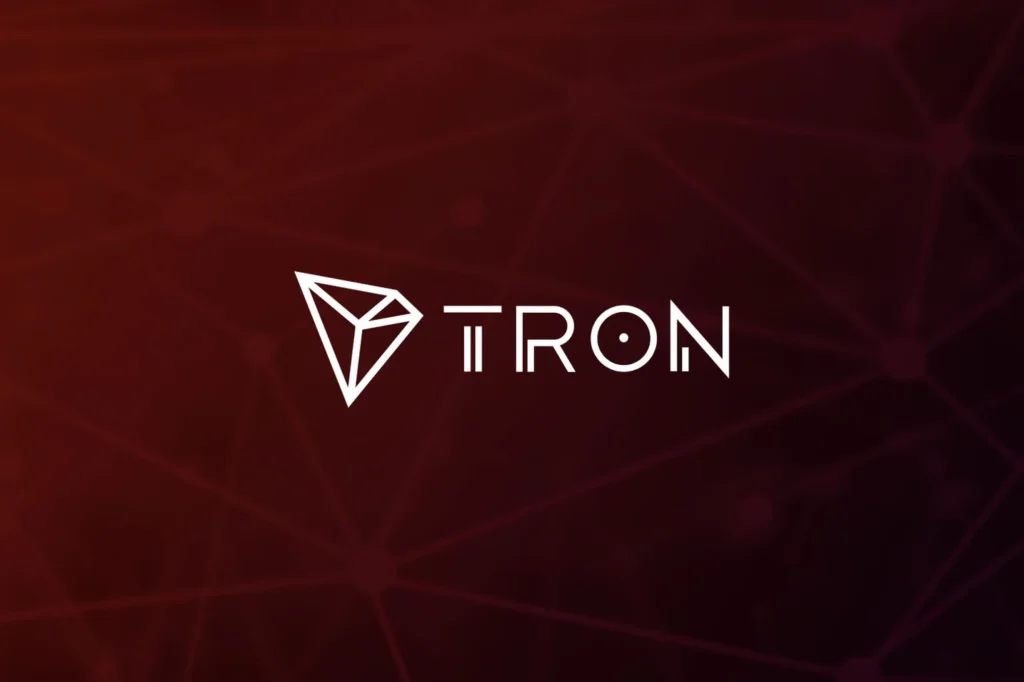JUST Price Prediction: Could JST See a Slow Climb by 2030?
For anyone who’s been poking around the altcoin charts lately, JUST price prediction is probably not the hottest search—but maybe it should be.
JUST (JST) isn’t flashy. It doesn’t trend on crypto Twitter every other day. But there’s something to be said about low-key, consistent projects—especially ones that have been around for a few years without completely fading into oblivion. So the question is: where could JST actually be headed by 2025, 2026, or even 2030?
Let’s take a deep breath, skip the moon-talk, and see what the numbers—and a bit of realistic optimism—have to say.
What Exactly Is JUST (JST)? A Quick Refresher
Launched in 2020, JUST is a decentralized finance platform built on the TRON blockchain. Its mission? To power decentralized lending and stablecoin-based financial services—primarily using USDJ, its own USD-pegged stablecoin. JST, the platform’s native token, is used for governance, staking, and interest payments within the ecosystem.
Think of JST as the backbone of a fairly modest but well-structured DeFi framework. It hasn’t had a dramatic narrative like Ethereum or Solana, but it’s not vaporware either. It just… exists—and keeps going.
That might sound dull, but in crypto, slow and steady sometimes survives longer than flashy and reckless.
JUST Price Prediction 2025: Can It Break the Stagnation?
So where could JST realistically land in 2025?
According to Changelly’s outlook, JST might trade between $0.039 and $0.059 by the end of 2025. The site notes that, while not an explosive rise, it still represents a respectable gain from current levels—currently sitting around $0.025–$0.030.
Meanwhile, CoinCodex offers a slightly more cautious estimate, forecasting a potential high of $0.045 for the same period. Their outlook is built around trend indicators and market sentiment, assuming steady but slow adoption.
Kraken’s projection is perhaps the most conservative of the three. It pegs JST’s growth to larger trends in TRON and DeFi adoption. Without major upgrades or headlines, Kraken believes JST could remain flat—or edge only slightly upward—by 2025.
In other words, 2025 might be the warm-up lap rather than the breakout run.

Credit from : Vecteezy
What’s Driving (or Blocking) JST’s Price Movement?
Here’s where things get a little less technical and more instinctive. Markets don’t move on predictions alone. For JST to go anywhere meaningful, a few real-world things need to happen:
- TRON Ecosystem Growth: If TRON gains serious momentum, JST could tag along. But if TRON falls further out of favor, JST may lose its use case momentum.
- Stablecoin Demand: USDJ adoption is key. More usage = more JST activity. Simple math.
- DeFi Comeback: If we get another DeFi summer, JST could be dragged upward by sheer sector momentum.
- Developer Movement: Without new integrations, apps, or user incentives, it’s hard to attract attention.
If none of the above happens? JST likely just drifts. Maybe a few small pumps, maybe some sideways chop—but nothing dramatic.

Credit from : Cointelegraph
JUST Price Prediction 2026–2027: The Quiet Buildup Years?
Let’s be honest, not every token needs to explode overnight. For some, it’s about consistency—and these mid-decade years could be that phase for JST.
Changelly suggests JST could reach $0.065 by 2026 and $0.072 by 2027 if broader market conditions remain healthy. They’re not calling for fireworks—but they are hinting at a slow, steady climb.
CoinCodex points to a range of $0.050–$0.060 in that same window, assuming continued community engagement and token utility.
Kraken? Still conservative. They caution that unless JST finds a niche—or TRON releases something attention-grabbing—the token may just flatline in the $0.035–$0.045 zone through 2027.
That said, one wildcard could shift things: unexpected attention from a big-name partner or DeFi app. Crypto loves surprises.
JUST Price Prediction 2028–2030: Will Patience Pay Off?
Now we’re in true crystal-ball territory. By 2028 and beyond, most predictions become more speculative—but still worth considering if you’re a long-term thinker.
Changelly offers the most optimistic projection: a possible $0.095–$0.12 price by 2030 if JST successfully scales and carves out a solid corner in the DeFi space.
CoinCodex also leans mildly bullish, putting the high end of its estimate around $0.10 for 2030—assuming regular usage and a steady DeFi market.
Kraken, always the realist here, maintains that if TRON underdelivers or JST remains underutilized, the token may cap out well below that, in the $0.06–$0.08 range by 2030.
Still, even that would mark a 2x to 3x gain from current prices. For low-entry investors, that’s not a terrible risk/reward ratio… assuming, of course, you’re not expecting a Lambo by year’s end.

Credit from : Lamborghini
Could JST Be a Sleeper Altcoin?
Maybe.
The thing about crypto is, it tends to recycle attention. What’s old becomes new again. Coins that were overlooked suddenly catch fire. Think Dogecoin before the Elon tweets. Or Solana before NFTs blew up.
JST has decent fundamentals. It’s not a meme. It’s not a rug. It just hasn’t had its moment—yet. Whether it ever does might come down to timing, not tech.
If a few stars align—a TRON resurgence, a stablecoin trend shift, or just a big player taking notice—JST could surprise us. Not by going 100x, but by delivering the kind of slow-burn performance some investors actually prefer.

Credit from : The Block
Final Thoughts on JUST Price Prediction
Let’s bring it home.
This JUST price prediction isn’t about hyping a hidden gem or calling for an explosive rally. It’s a realistic look at a DeFi token that hasn’t quit, even if the market hasn’t paid much attention.
Could JST go up by 2030? Sure. There’s a case to be made for modest gains—especially if TRON remains active and stablecoin markets grow. But this isn’t one of those coins that’ll reward impatience. It’s more like the kind you quietly stack, forget about for a few years… and maybe smile about later.
Will JST blow minds? Probably not. Will it hold value, stay relevant, and maybe rise gradually? That, oddly enough, seems far more likely.




